Paul Gilbert: "Fast playing is the musical equivalent of filling space"
The virtuoso reveals his guitar rig and talks new record I Can Destroy
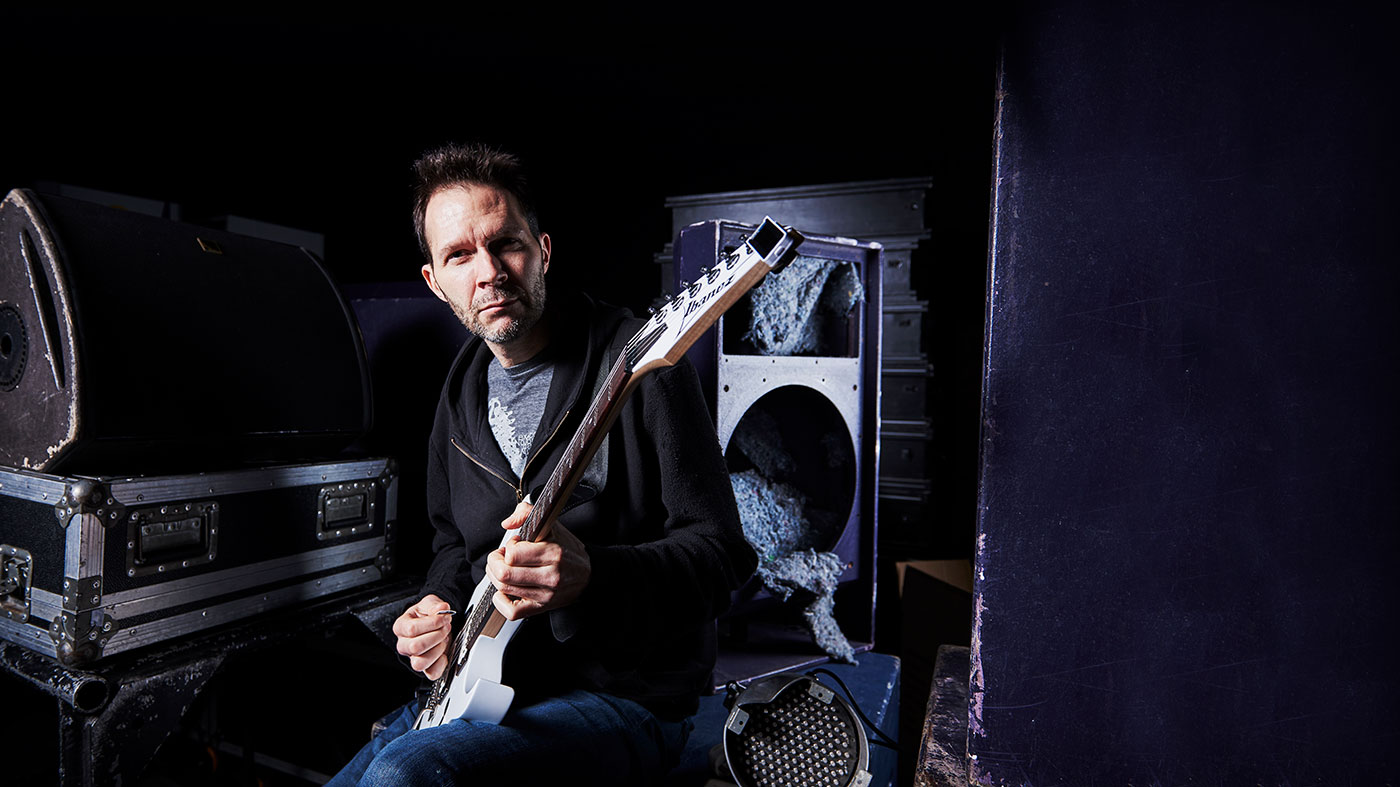
As Paul Gilbert returns with a raw new album, he talks teaching, saxophones and why playing fast is just filling space…
Veteran readers will know Paul Gilbert well as the longest serving guest tutor we have ever had. He’s still teaching guitarists with his online guitar school, and as we’ll find out, that experience very much informs his own approaches as a creative maverick now.
Paul’s always got surprises in store and latest solo album, I Can Destroy is no exception. Getting veteran producer Kevin Shirley behind the desk necessitated some changes, and this led to some creative moments as the gap between writing and recording narrowed dramatically. Combined with extra musicians and threeguitar harmonies, it makes for a guitar feast and plenty to talk about as we meet him on tour…
How did the process of making I Can Destroy begin for you?
“I began with self-doubt and worry. The things that erased that and turned it into confidence was meeting with Kevin Shirley, getting [past PG collaborators] Freddie Nelson and Tony Spinner to work on it with me and getting a vision of what the band would be. I started with the lyrics and that gave me a general structure.
Now the three-piece know the songs and we’ve had some time to spend on them, it allows us to play more and fill the blank
“Around that you can build anything, so it was helpful to have a specific band in mind. I knew I could do a lot of guitar and vocal harmonies and it’s interesting trying to tour the music with a three-piece, because then it’s just one guitar.
“Now the three-piece know the songs and we’ve had some time to spend on them, it allows us to play more and fill the blanks. The biggest thing for me is that Tony Spinner sang a lot of the bridges. He has a much higher range than I do and great vocal tone. In a song like Blues Just Saving My Life Tony sang the bridge and live I sing it. I’m amazed my voice has lasted this long, as I really have to scream it out! In the studio though, it was really nice to have that big sound, played live.”
Get the MusicRadar Newsletter
Want all the hottest music and gear news, reviews, deals, features and more, direct to your inbox? Sign up here.
Why did you feel you needed additional players for the recording this time?
“I knew that Kevin doesn’t really do overdubs. If you really kick and scream he might do a couple, but he wanted a band that would record live and sound good. So I needed to put together a great band that sounded like a produced, finished thing with one run through. Three-piece bands usually sound pretty raw, so I thought it would be really nice to have extra guitars, keyboards, vocals and it worked!”
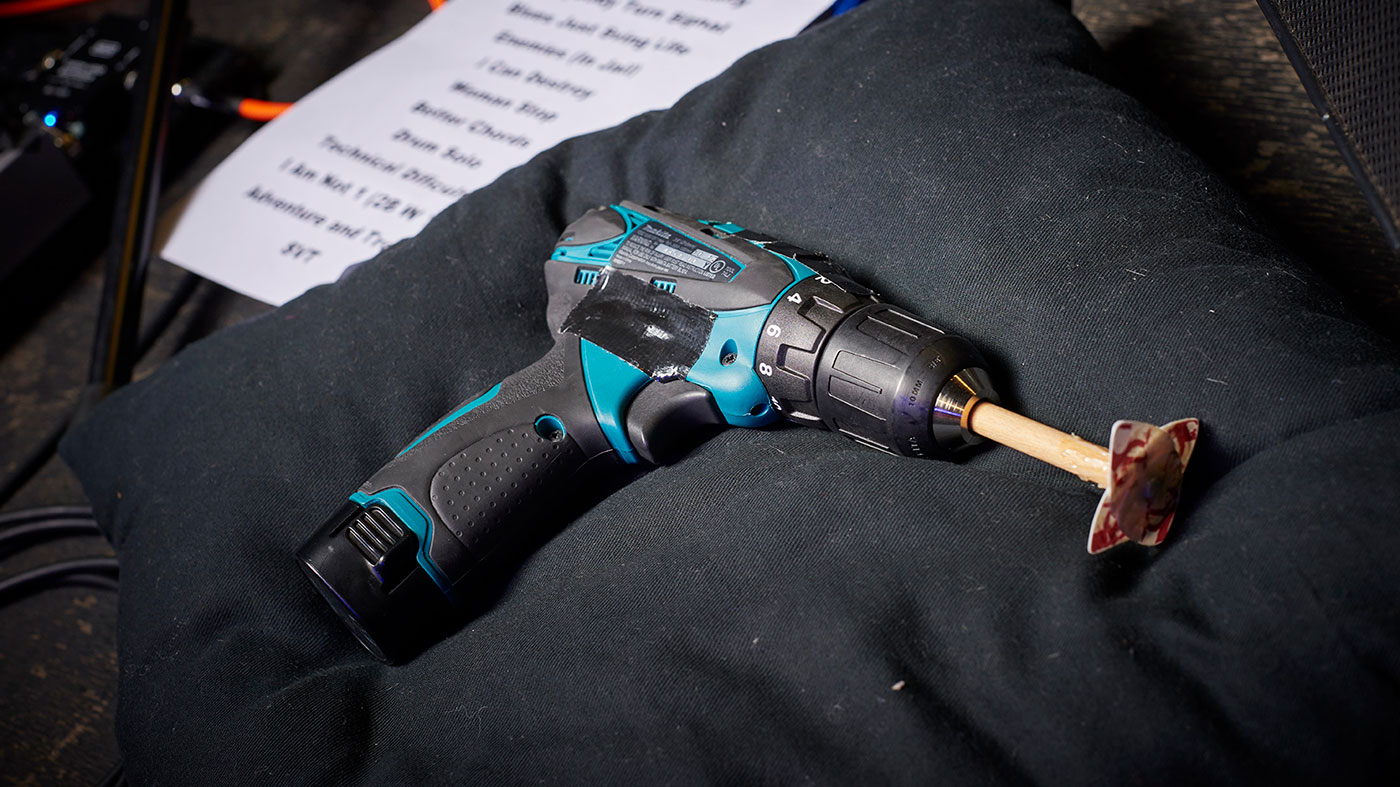
What are the benefits you found with the live tracking recording method as opposed to doing it individually?
“It’s a lot easier to edit [recording parts individually], that’s for sure, but it’s not as much fun and we really enjoyed the process of playing together. When I choose musicians I try to find the people that can get the sounds and the feel that I want, with minimal rehearsal. Not that I didn’t want to rehearse, but often there’s just not time. It’s helpful if we have a musical connection to begin with. When I showed them a straightforward song it immediately sounded like it was finished, which actually happened!
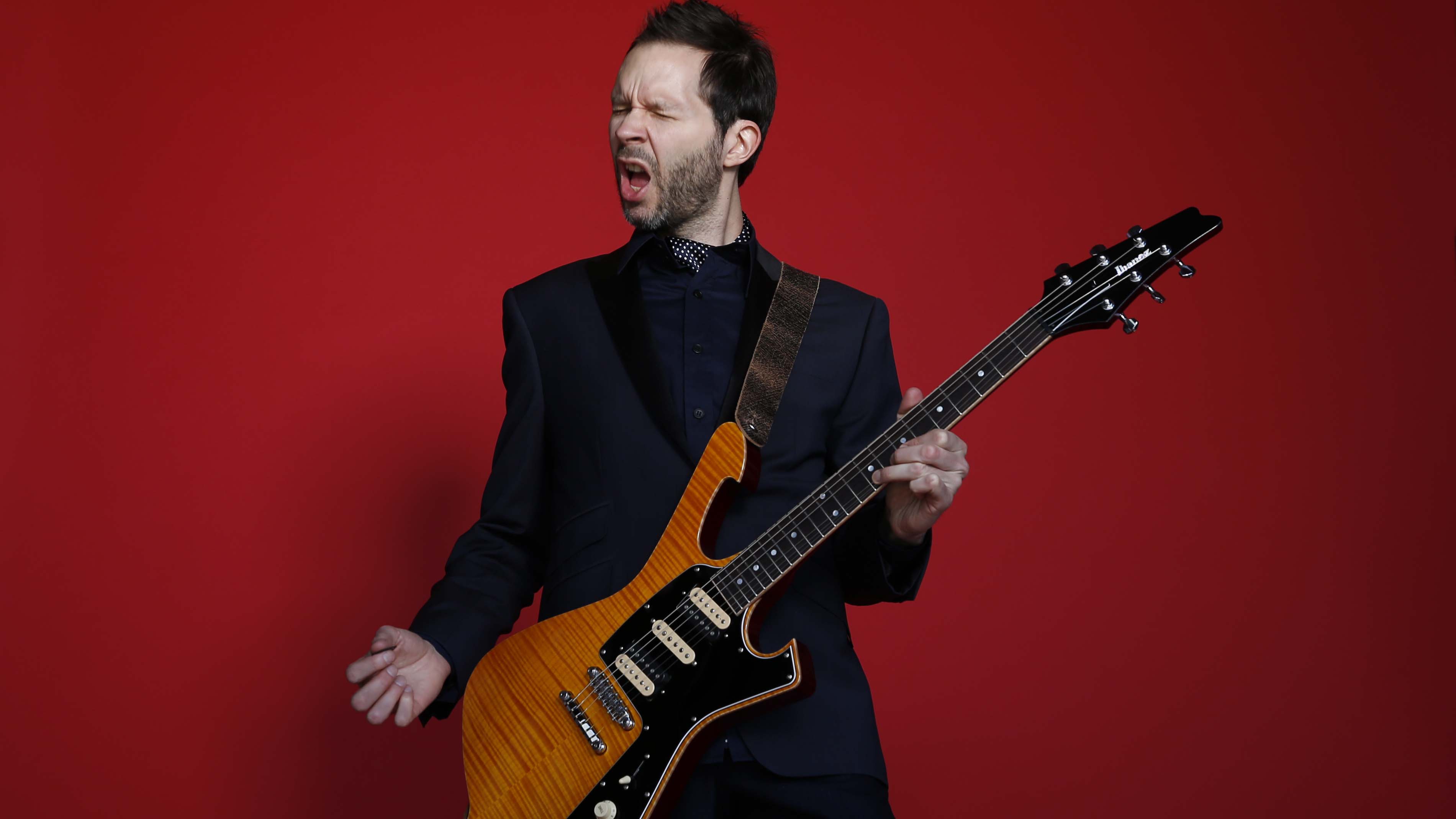
“The plan for the album was to do a session in June and a session in August. I had the songs ready for the first half of the album, so that would give me July to finish the second half with Kevin, I knew we would record one song per day, because that’s what we did with Mr Big [Shirley produced 2011’s What If…).
“The first session was for six days, so I got six songs ready. We recorded the first song in three hours, so Kevin said, ‘Let’s do another one.’ We ended up recording two songs per day, so after three days I was out of songs. I had to turn to the songs I had started but the band had never heard. I would call everybody up and say, ‘Come to the studio an hour early, I’ve got a new tune.’ Songs like One Woman Too Many were recorded an hour after the band heard it for the first time. It’s exciting to do that because the song is born from nowhere. You’ve never heard it until you’re recording it for real.
“You can contrast that by doing an album with overdubs and that can be satisfying because you feel like you get everything perfect. When you listen back though you might go, ‘Uh, I don’t know if I’m gonna listen to this again’. There’s something about live recordings. Even if you say, ‘I wish I could just fix that’, when you listen back it feels really good! As a musician, you always want to be perfect, but you have to resist the temptation. A lot of the time perfection is not an improvement on the song.”
Triple trouble
In the past you’ve used an electric drill, a three-string guitar all tuned to E and a human capo. Were there any unusual tools or approaches in the studio this time?
A lot of the time now I focus on improvisation and you can’t improvise when you’re doing triple guitar harmonies
“If you’ve got something you use it and seeing that I had three guitars I did a lot of triple guitar harmonies. That’s very different from the way I usually play. A lot of the time now I focus on improvisation and you can’t improvise when you’re doing triple guitar harmonies. You have to sit down and figure out what your part is, but the result is this great big sound. If you have that band there, you’ve got to use it!”
Are triple guitar harmonies something you’d like to continue with?
“We did one show in Japan with the full studio band and played the new album, a lot of my older material and a couple of acoustic songs. It felt like I was a member of Crosby, Stills And Nash. There were such great sounding harmonies and I thought someday I’d like to do an acoustic record with these guys. Being the guitarist in a three-piece is really fun, but as a songwriter and singer it’s good to have other guys who can play and sing with me.”
Has developing as a songwriter informed your guitar playing?
“Growing up listening to bands like Sabbath, a lot of the time the arrangements are simple. On a song like Iron Man, the guitar riff is the same as the bass riff and it’s even the same as the vocal melody. Everybody plays the same thing at the same time. In my earlier days I did that, but faster.
“On songs like Scarified, I play my part and the riffs are the same on the bass. I started listening to Motown, where nobody plays the same thing and all the parts work together. It creates a great sound and leaves room for everything. That’s become attractive to me. Playing songs where we’re not just beating a riff over the head, we’re creating an actual arrangement.”
And what about the effect of your work as a guitar tutor?
“Teaching is helpful because I get to see the inherent problems of the instrument. It’s made me appreciate things that I’m able to do and not care so much about some of the things that have made me popular.
“The fast picking thing is not that useful, but holding a bend, adding vibrato and being in tune is. You can do the fast stuff, but it has to end sometime and that last note is really important. It has to sound good and you have to put some sauce on it! If it’s wanky it ruins the whole thing, it’s like dogshit on your dinner plate. So you’ve got to turn your vibrato into something that’s not a turd!
“Teaching has made me realise that a lot of my fast playing is the musical equivalent of, ‘Umm… umm… uhh…’ - it’s like when you’re trying to think of the next thing to say that actually has meaning, you fill space. ‘Umm’ has about the same meaning as my fast playing.
“While I’m searching for my next idea I’ll play lots of notes, when I get to my idea I play something with an actual melody. In terms of connection to my musical intention (what I’m hearing in my head), often the fast stuff is completely unconnected. That worries me because I want to play what I hear and feel, not just muscle memory sequences.
“With technical sequences, I try to find out what rhythmic meaning it has. If you loop the phrase you can usually feel a pulse. Then, listen to the groove and add or subtract notes to make it fit. There are three-note sequences I play over a shuffle feel, but over a straight feel they don’t sound as satisfying. If I add an extra note to the sequence I can make it fit. All of these little ideas grow from trying to fit within a groove.
I encourage my students to get their foot working. I’ve heard so many people play with their metronome on but they ignore it completely
“I encourage my students to get their foot working. I’ve heard so many people play with their metronome on but they ignore it completely. If you are the metronome you are less likely to ignore it. I also steer my students to hear what they play and sing along. You don’t have to be a great singer to scat along with what you’re playing, but it’s a great way to gauge if a new idea is ready to use.
“You need to know what each scale looks like, but also what it sounds like. If you’re not sure what something is going to sound like, that’s a position you need to practice. Before yesterday’s show, I took the chords from the song Blues Just Saving My Life and spent an hour improvising and singing what I was playing, to get confidence and familiarity with new ideas.
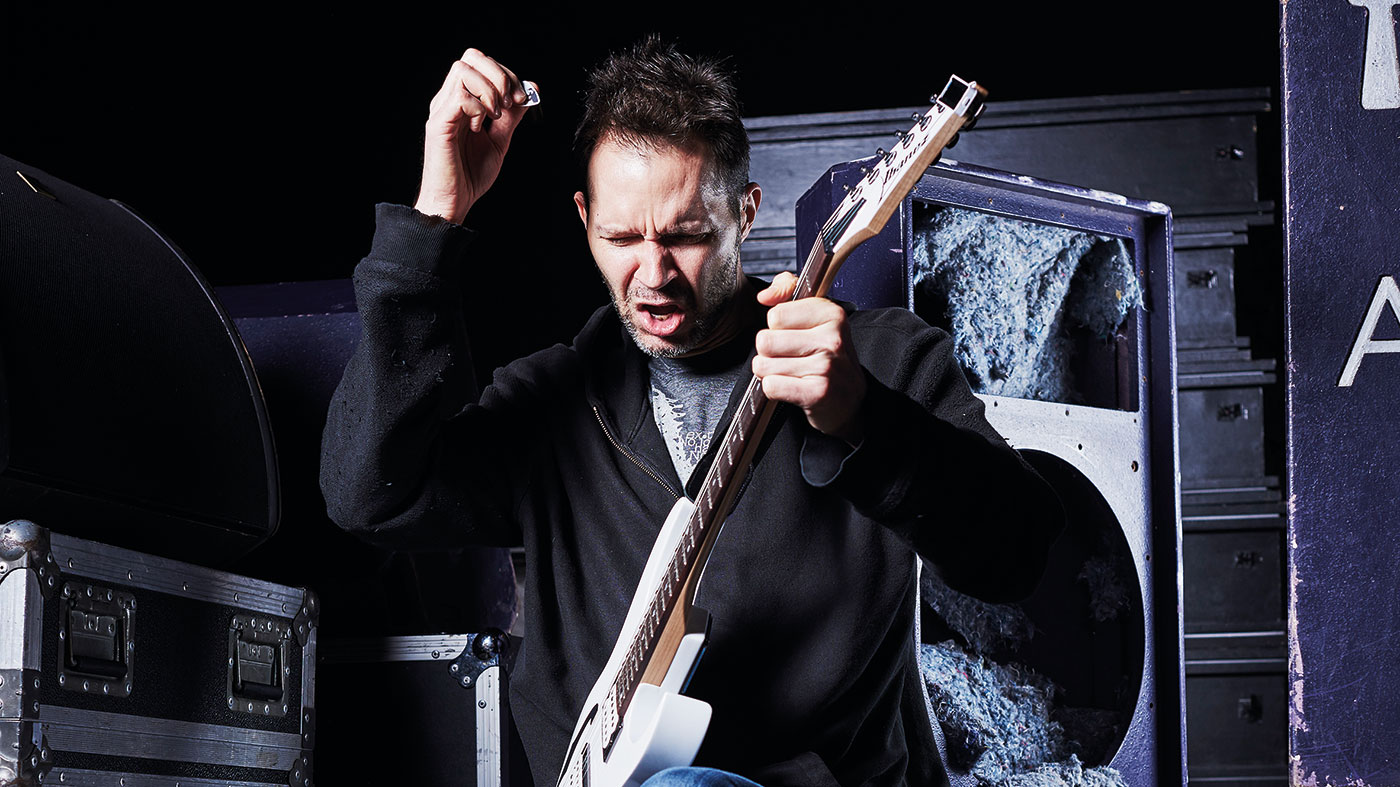
To-do list
Looking ahead, where do you want to take your musicianship in the future?
“Mostly, I want to work on my improvisation, to be able to play what I hear. That’s what gets me excited. Last night we were doing a jam in the second to last song and I realise that I wasn’t playing what I was hearing in my head. Because of that, I wasn’t really interested in what I was playing. I looked into the audience and it seemed like nobody out there was interested in what I was playing either. I started singing into the mic what I was playing and immediately everyone started smiling and I started caring about what I was doing.
“When I was about eight years old I thought, because I have these melodies in my head and all I want to do is try to find them. It’s nice to go back to my eight-year-old spirit and what I always wanted to do with a guitar. You learn all of these scales and chords, which are great, but at some point you have to say, what actually is the sound that I want to make?
“It takes a long time to develop the athletic stuff, but you can get tired of hearing it. Similarly, if I spend all day working on blues improvisation, then go up on stage and do some widdly widdlys I’ll go, ‘That’s kind of cool.’ It’s all about balance.
“I’ve been getting into the blues so much. Not only the guitar but how the great Jazz players from the 50s and 60s would play a blues. Like Johnny Hodges, the sax player from Duke Ellington’s band. When I was a kid listening to Allan Holdsworth - who I loved - saying that he was trying to sound like a sax player, I thought, ‘You’ve got to be kidding me?’ I’d only heard Sax in doo-wop bands or smooth jazz, Kenny G saxophone. I’d never heard the jazz guys because I didn’t grow up listening to it.
“Harmonically, the slow blues style is not much different to Hendrix playing Red House, except they might have the II chord and the VI called once in a while. Guitar players tend to use their set licks, and have variations on Hendrix’s phrases. Sax players don’t do that, they’ve got a completely different way of phrasing. It’s led me down this blues wormhole, which I love, and has really informed my playing across the board.”
I, Rig
Paul gives us a whistle-stop tour of his touring gear
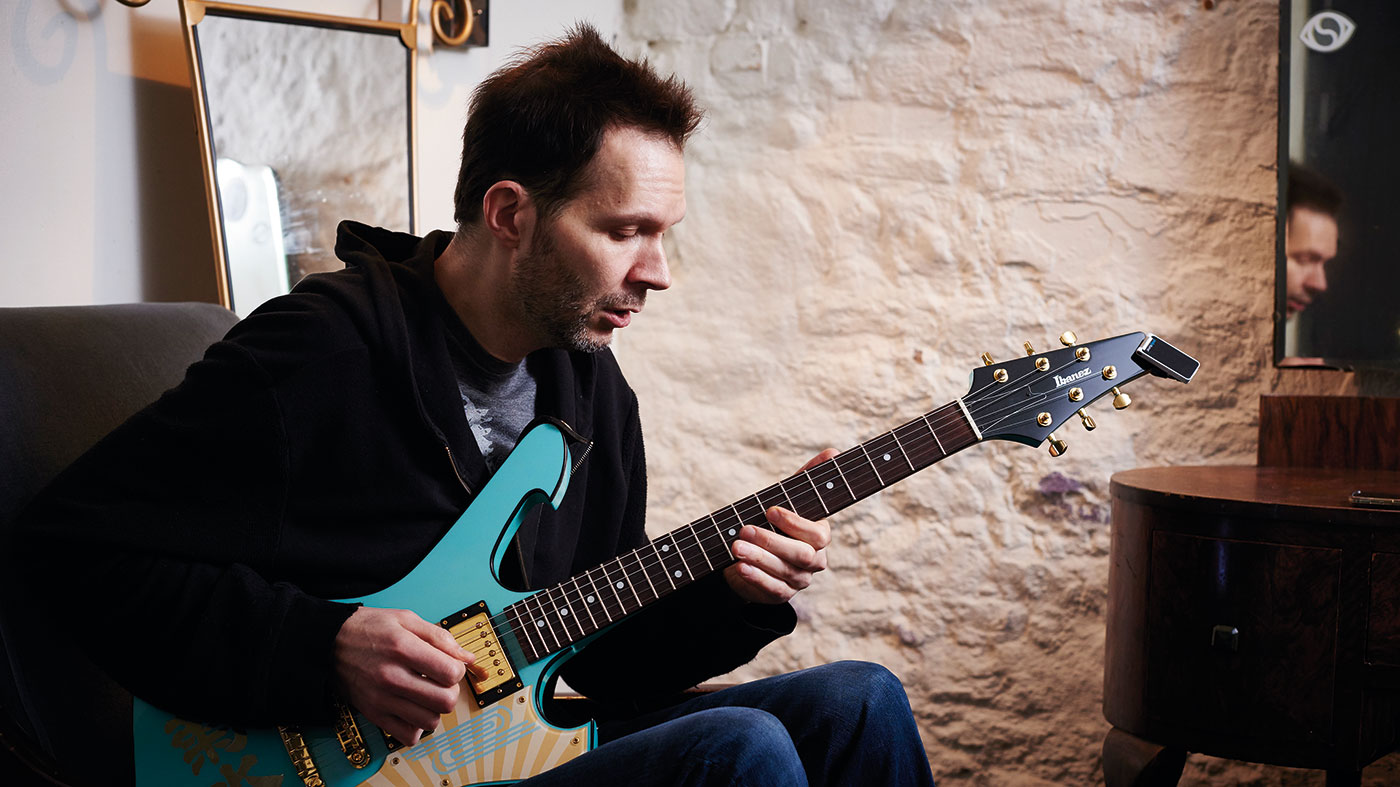
Ibanez Kikusui Sake Custom Shop Fireman
“The finish is based on a bottle of Japanese saké [it’s a brand called Kikusui, hence the name - Ed]. I have a big collection of Ibanez guitars from over the years and I always kept going back to the same four or five guitars in the studio. I realised that they all have the big neck joint. They sound better because they use more wood. When Ibanez first made me the Fireman, I told them to make a big, chunky neck joint. Every Fireman I’ve ever played sounds great because of that.”
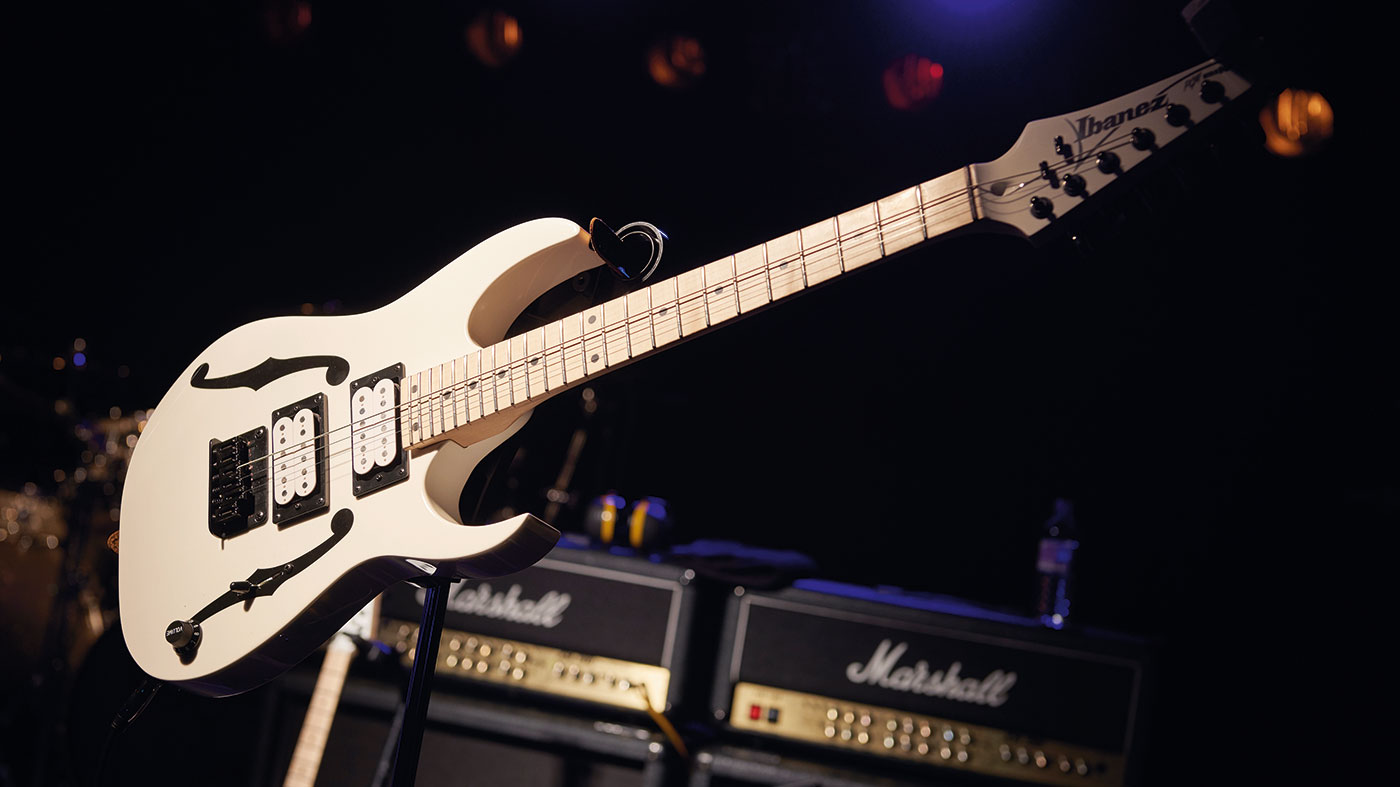
Ibanez PGM Micro
“This is the guitar that has three strings tuned to E, in different octaves [Ibanez will be making it available to purchase soon]. I also have the same guitar with six strings, set up with a higher action for slide. And then there’s one of my full-size Ibanez PGM signature models - that one has a Wilkinson trem and locking machine heads.”
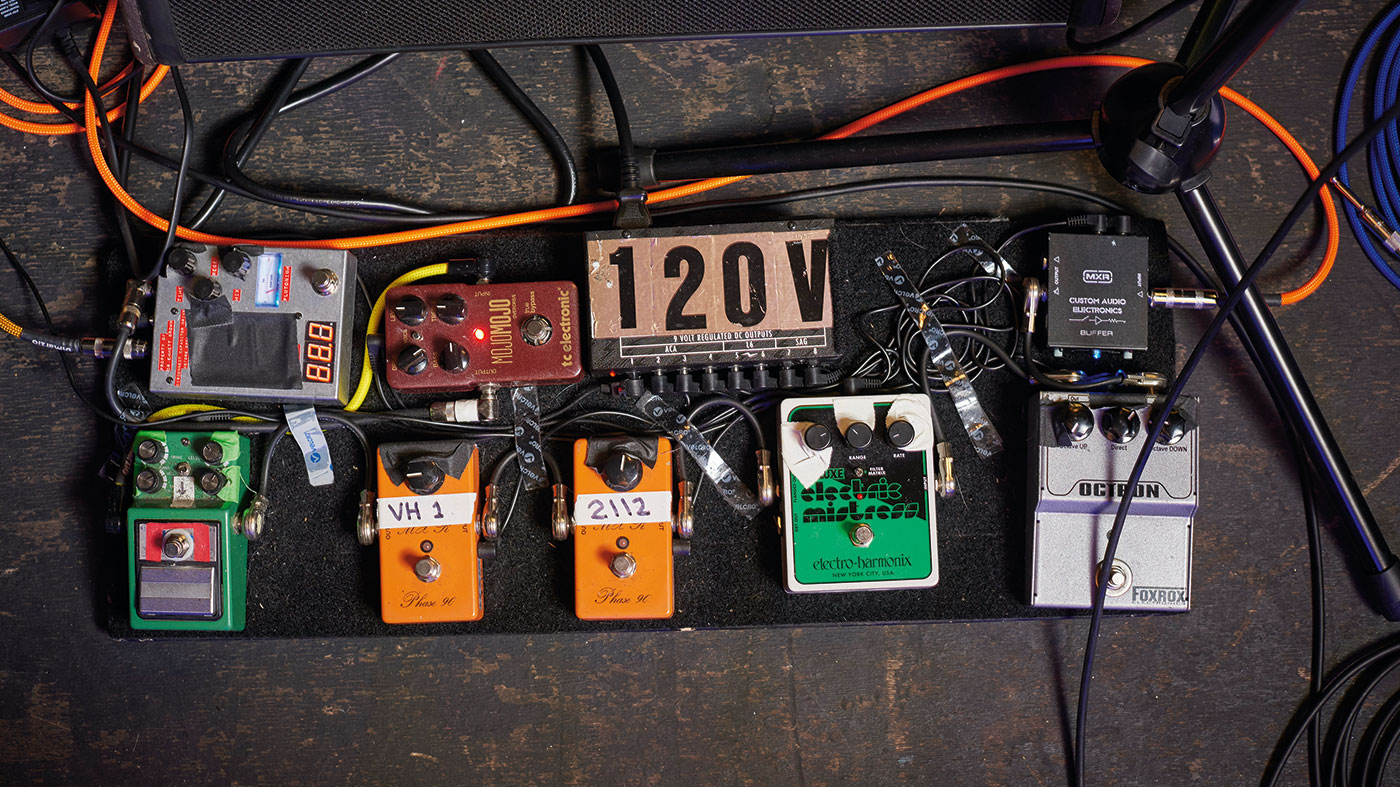
Pedalboard
“I have a TC Electronic MojoMojo overdrive and a Ibanez Tube Screamer so I can step up the amount of distortion in stages. I’ve also got two MXR Phase 90s - one of them is set to slow and one is set to fast. I use a delay, an EHX Electric Mistress flanger, an MXR [MC406] Buffer (to improve the signal on long cable runs) and an Octron octave pedal by a Foxrox.”
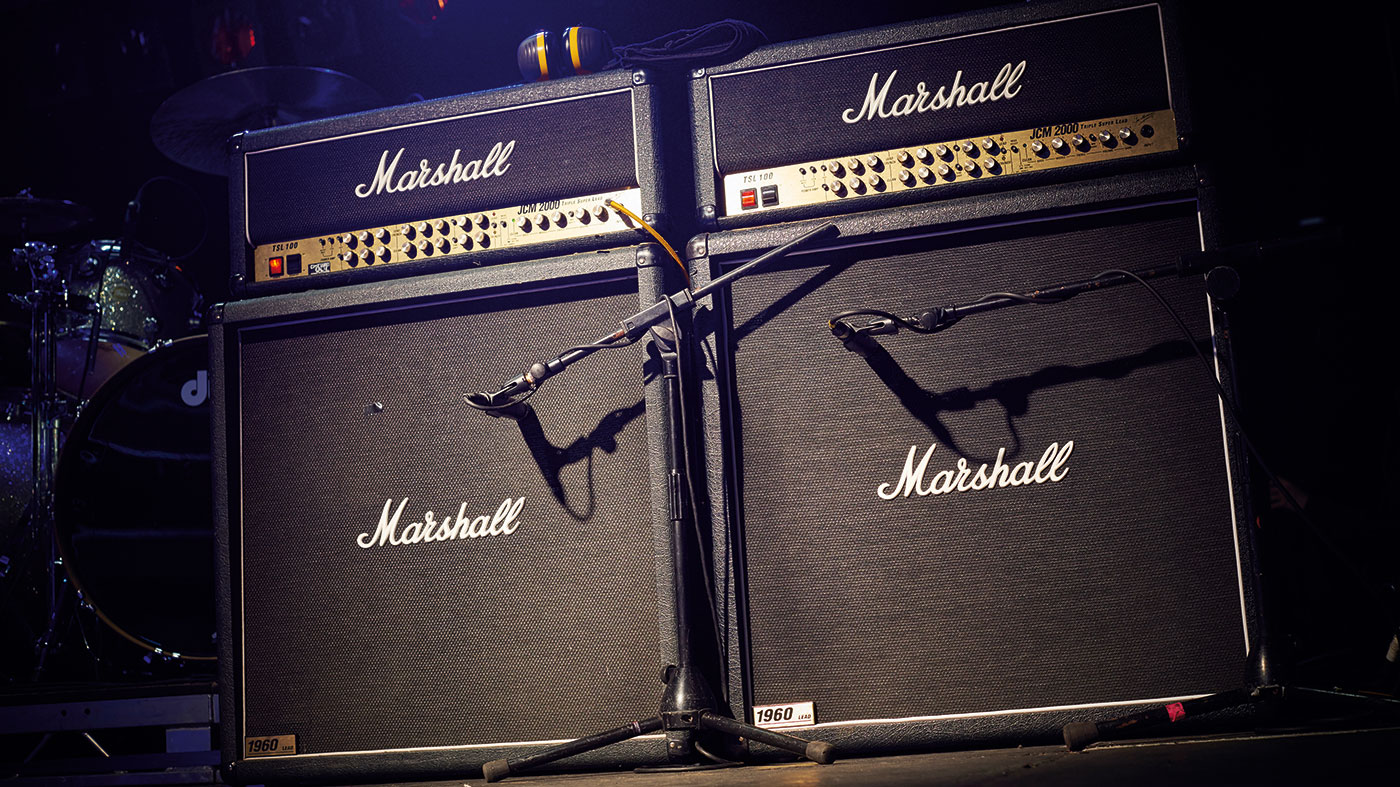
Marshall JCM 2000 TSL 100s
“Marshall amps are great for me because they’re loud, diverse and wherever you go you can get one. On the road, I can rely on any rental Marshall to be loud and sound good!”
Paul Gilbert’s new album, I Can Destroy, is out now via earMUSIC.











